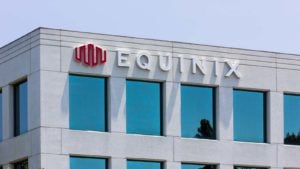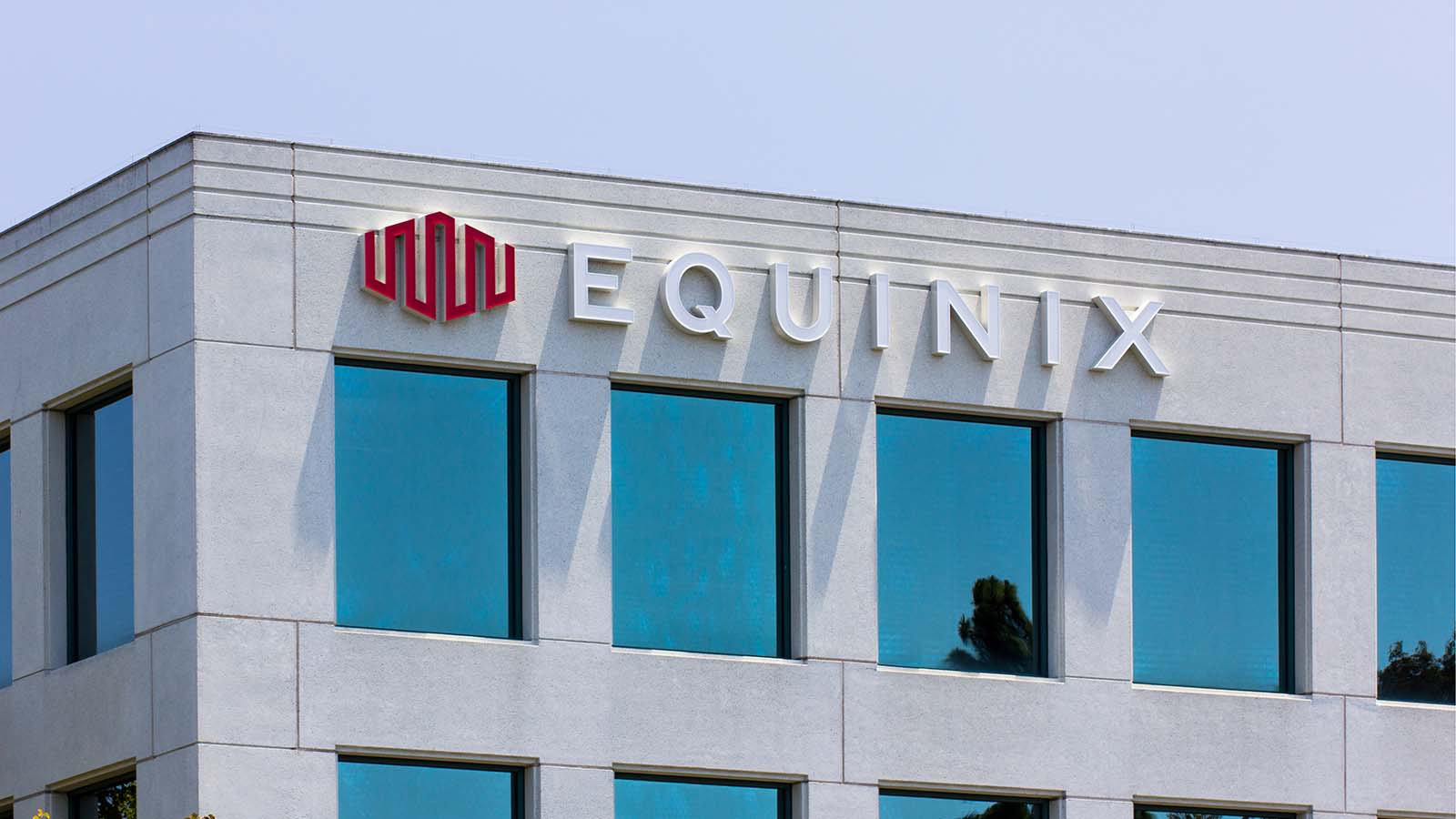Data center real estate investment trusts (REITs) like Equinix (NASDAQ:EQIX) stock are a hot ticket right now. CyrusOne (NASDAQ:CONE) was bought out by private equity, led by KKR (NYSE:KKR), or Coresite Realty (NYSE:COR) which is being bought by American Tower (NYSE:AMT).

Earlier this year, QTS Realty Trust was taken out by Blackstone Group (NYSE:BX). One writer has asked if the days of publicly owned data REITs are numbered, because they’re highly prized.
On Nov. 19, Equinix shares were selling for $788 each. That’s a market capitalization of $70.9 billion on expected revenue of just $6.5 billion. The price to earnings ratio was 167 and the once-generous $11.48/year dividend yielded just 1.43%.
Why should you consider buying this pearl of great price?
REIT for the Home Team
A REIT is designed to buy assets for debt and deliver profits in the form of dividends. Many REITs have been poor investments lately. If you own a lot of commercial real estate, or office buildings, you have faced the pandemic and the new normal of less office space and more online sales.
But data center REITs are an exception. Their fates are tied to the computing business, specifically cloud computing. They offer hosting for corporate computing, with a nexus to the clouds. They also offer places for cloud networks to intersect.
This means they don’t just benefit from the growth of the cloud czars, like Amazon.Com (NASDAQ:AMZN), Alphabet (NASDAQ:GOOG, NASDAQ: GOOGL) and Microsoft (NASDAQ:MSFT). They also win with every organization that chooses to co-locate their data on the information superhighway.
Equinix earned $233 million in 2017, and this year, it earned nearly twice that at$428 million. In addition, it doesn’t have to face the technology costs of its tenants — it’s just selling space, connectivity, and physical security. It’s still a real estate business, but one tied to a booming industry.
Private Equity Wants
Equinix has all the things a private equity buyer wants in an asset. Unlike the Cloud Czars it serves, it’s not investing cash flow, but buying debt. It’s taking few risks beyond the real estate it buys, just like a warehouse, but one with enormous value and rents to match. It also retains all the tax advantages of real estate, which is why a company with other profitable operations might find it irresistible.
QTS, CoreSite and CyrusOne were all vulnerable to takeover because of their size. They could be bought for around $10 billion but Equinix, which has been selling co-location for decades now, is worth over $71 billion. Its primary competitor, Digital Realty Trust (NYSE:DLR), is worth $46.3 billion.
It’s possible Equinix could be bought, but it would be a heavy lift. What you’re buying with Equinix is the dividend, which was $1.75 per share each quarter five years ago and is now $2.87 per share. You’re also targeting those capital gains.
The Bottom Line
REITs are part of the ballast you want once you have a substantial portfolio. They protect against inflation, because they’re real estate, but their capital gains are often meager.
That’s not the case with Equinix, and other data center REITs. While the average S&P 500 stock is up 115% over the last five years, Equinix is up 132%.
You will find volatility with Equinix because shares rise and fall sharply, although usually to higher lows and higher highs. The shares were over $882 in September, but at $610 in March.
If you need the kind of ballast real estate gives you, now might be a good time to get in. The charts are bearish over the short and medium term.
Buy it low, and let it sit. I think you’ll be glad you did.
On the date of publication, Dana Blankenhorn held long positions in AMZN and MSFT. The opinions expressed in this article are those of the writer, subject to the InvestorPlace.com Publishing Guidelines.
Dana Blankenhorn has been a financial and technology journalist since 1978. Just in time for the holidays he has a collection of COVID-19 stories at the Amazon Kindle store. Write him at [email protected] or tweet him at @danablankenhorn. He writes a Substack newsletter, Facing the Future, which covers technology, markets, and politics.
